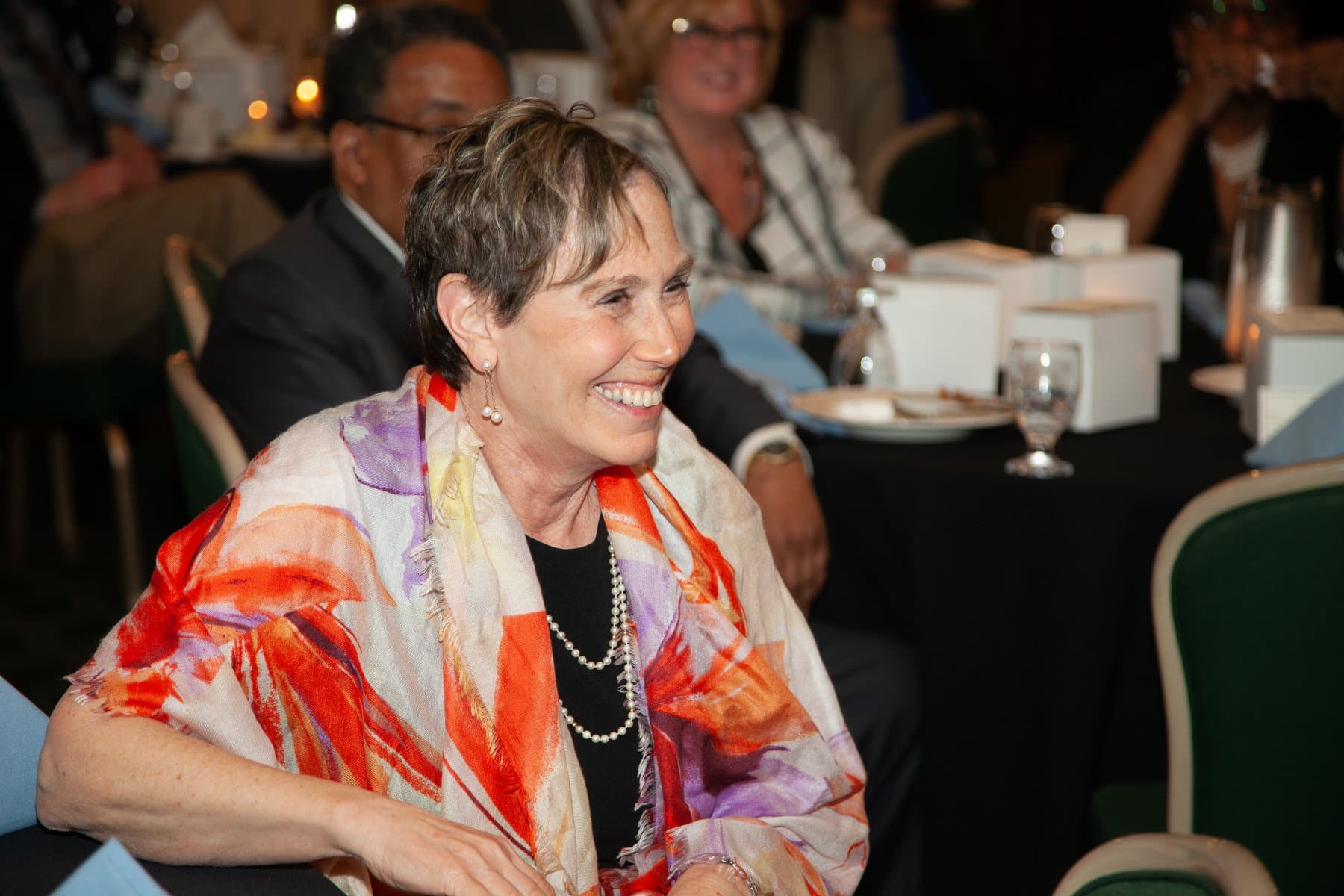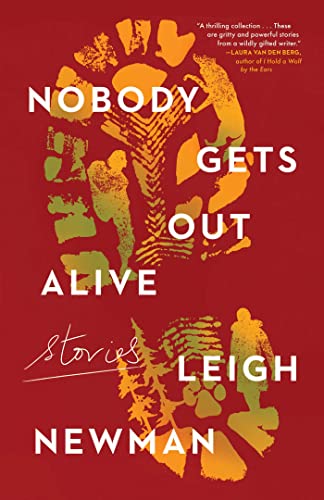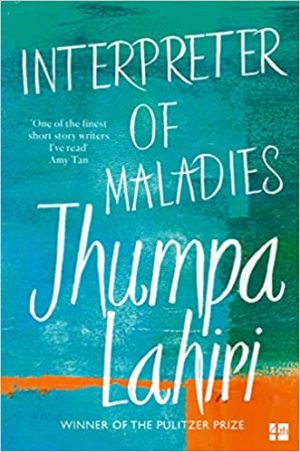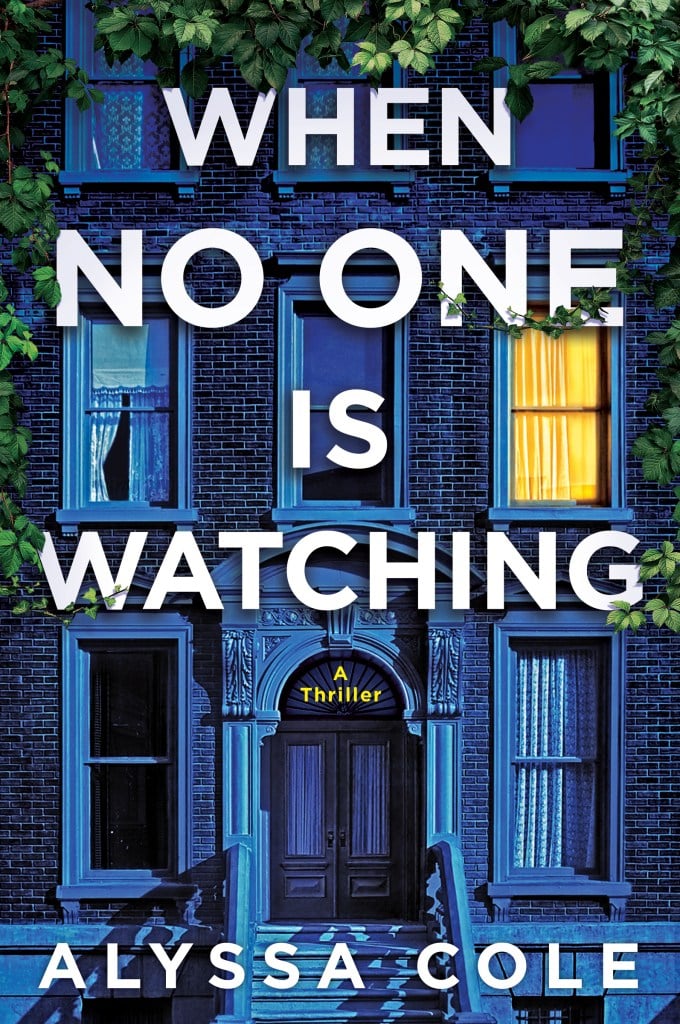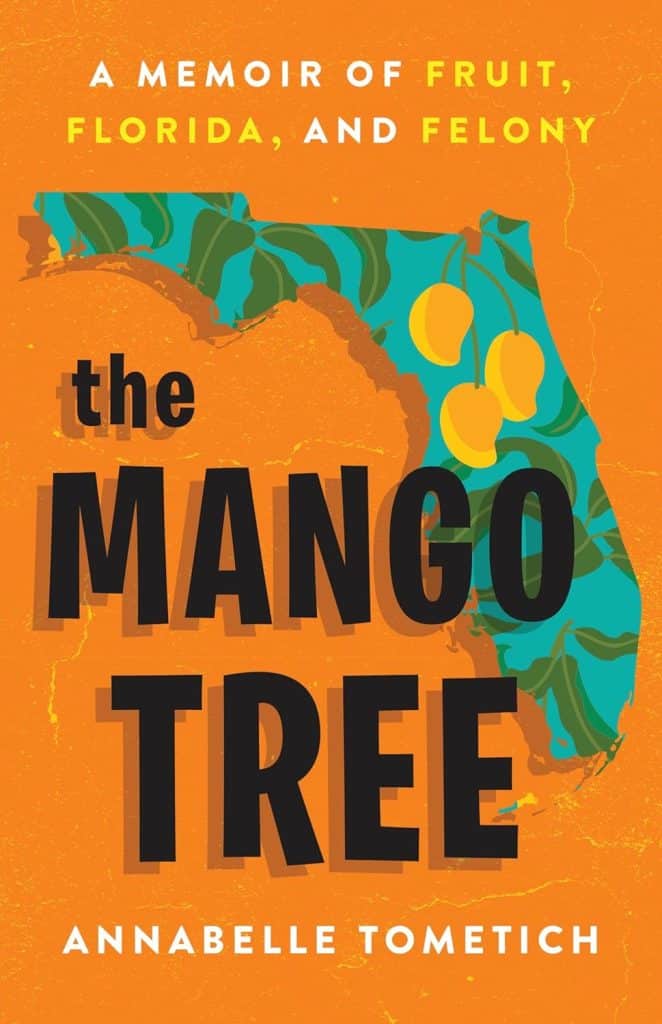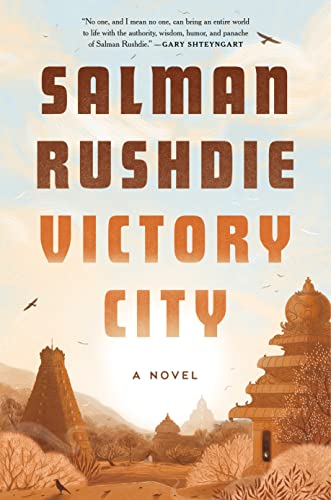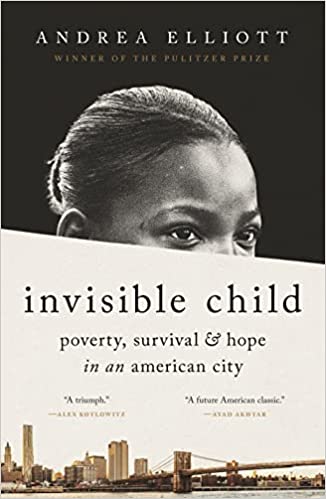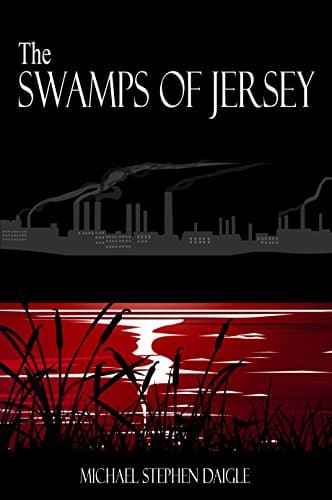
The Swamps of Jersey
The Swamps of Jersey
Estimated reading time: 1 minute, 17 secondsThe Swamps of Jersey by Michael Stephen Daigle is the first of the Frank Nagler series. Having read the fourth one – The Red Hand, I thought this was an excellent time to read the first in this impressive deceptive series. It was, in fact, an excellent decision. Understanding Frank Nagler better now, I plan to read the next two and the Red Hand to be ready for the fifth book Dragony Rising.
Ironton, New Jersey has seen hard times before. Deserted factories and empty stores reflect the decades-long decline, that even Mayor Gabriel Richman, scion of one of the city’s leading political families, cannot seem to rectify. Now families are living on the street or in the shells of the old factories.A week-long tropical storm floods the depressed city bringing more devastation as well as a new misery: The headless, handless body of a young woman in the Old Iron Bog.
Between the gruesome murder and an old factory suspiciously burning down, Detective Frank Nagler begins to believe that incarcerated Charlie Adams, the city’s famous serial killer, may have fostered a copycat killer. Determined to find the truth, he follows the case that leads into unexpected places.
Knowing the author and the geography of NJ, I found this book a must-read.
When you buy a book or product using a link on this page, I receive a commission. Thank you for supporting Sharing Jan’s Love blog.
